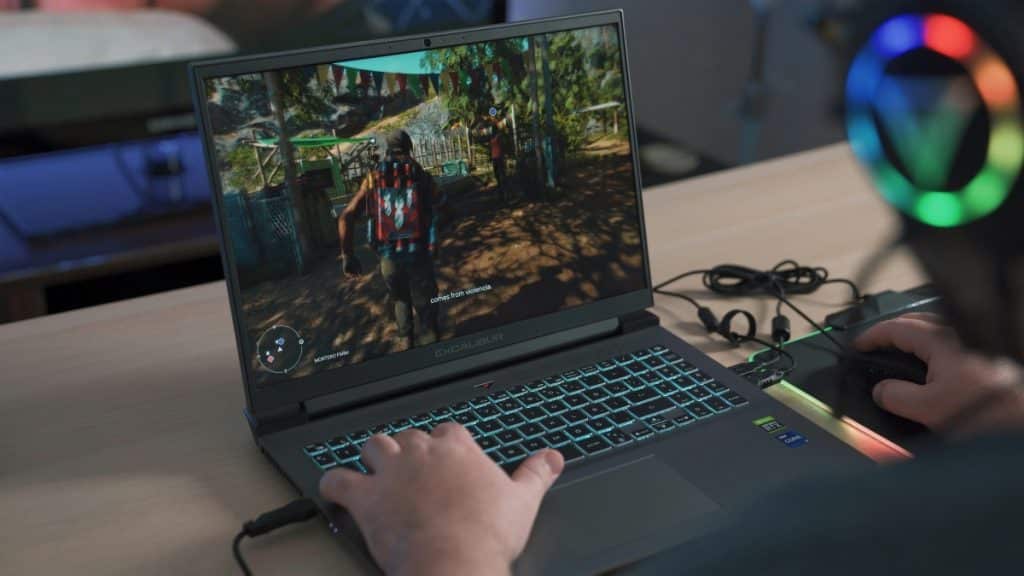It’s practically inevitable at this point that the world is going to become more and more digital as time goes on. Everything that we already do on a daily basis relies heavily on the internet, from remote work to gaming. This requires constant innovation in internet and streaming technologies. In the world of gaming, for instance, 5G is the hottest technology that’s aiming to change the way people play online multiplayer games.
5G is the fifth generation of mobile networks and comes with more speed and better reliability than ever before. Its positive impact can already be seen in various industries, including online casino gaming. Expert reviews of iGaming operators like Malina Casino often talk about how graphically-intensive slot machines are becoming and how 5G technology can help people access such games much more seamlessly. With that said, let’s take a closer look at how this tech is shaping gaming experiences in 2024 and beyond.
Enhanced Gaming Experience
For anyone wondering, “How will 5G affect gaming?”, there are three key aspects in which the biggest changes are being seen. These are graphics, speed, and interactivity.
Better Graphics and Performance
5G enables gamers to enjoy an unmatched gaming experience via ultra-high-end graphics. The technology supports faster data transmission, which allows for quick and seamless rendering of complex textures and vast digital worlds. This is changing cloud gaming because one can access these stunning titles without requiring high-end PCs since most of the work is being done by 5G.
Cloud gaming platforms like Xbox Cloud and NVIDIA GeForce Now are also thriving in this new era. These enable players to stream their favorite games directly from powerful servers instead of installing them on powerful computers.
Unmatched Speed and Low Latency
It’s common knowledge at this point that areas with 5G coverage allow users to do various tasks, like booking a vacation to Italy, much more quickly. However, in the mobile gaming world, 5G allows for low latency which is essential for gaining a competitive edge over your opponents. Latency refers to the lag between a user’s input and the server’s response to that input. The lower the latency, the quicker your actions will be reflected on the screen. This is especially true for first-person shooter games that require instant response times for ideal performance.
When we move past individual online gaming and move into the realm of e-sports, the need for low latency becomes even more evident. The multi-million dollar industry of e-sports relies on real-time connectivity and 5G ensures a level playing field like never before.
Better Interactivity
Interactivity is at the core of gaming future. Gaming is not a solitary activity anymore but rather a social experience. Technologies like VR, especially, bring players together in the virtual world which requires a fast connection to be believable. Creating large-scale multiplayer worlds is made easier with 5G as the tech allows developers to experiment and push the boundaries of social gaming.
Streaming Entertainment
So we know what 5G means for gaming but that’s not all. Streaming services are also increasingly leveraging this new technology to deliver high-quality and uninterrupted media experiences. This is particularly true since the rise of 4K content on streaming services like Netflix and Hulu. Without the availability of 5G networks, loading 4K media files isn’t quite seamless, especially when you’re on the move. Not only that but it’s also possible to enable simultaneous streams on a 5G network, enabling families to watch different shows without compromising quality.
5G’s impact on gaming also includes streaming live events. Everything from virtual meet-and-greets to sporting tournaments is easily viewable via high-speed connectivity. On top of that, broadcasters are starting to integrate AR and VR elements into their streams so viewers can experience games from different angles and perspectives. Musicians can also host virtual concerts to reach a global audience, making their art more accessible for those who cannot attend physically.
Challenges and Accessibility
Streaming and gaming on 5G is great but several challenges must be dealt with before widespread adoption can take place.
- Building 5G networks requires hefty investments. This includes developing the required infrastructure like cell towers and base stations. While this is being done in urban areas, rural zones are lagging behind. This is causing a digital divide, hindering its impact in certain areas.
- Seeing the benefits of how 5G change gaming industry is impossible on a wide scale until it is made affordable. To utilize 5G, consumers require compatible devices which are often more expensive.
- Playing online video games with 5G comes with certain connectivity issues too. That’s because it has a shorter range compared to 4G which leads to dropped connections inside buildings or in remote locations.
Conclusion
Whether we talk about gaming trends or streaming services, 5G is becoming a transformative technology that’s taking various industries to the next level. It’s giving rise to new gaming trends, enabling users to stream video games directly from remote servers and reducing the need to invest in high-end hardware. The potential for innovation in both gaming and media consumption is incredible but to truly see how 5G will change gaming in the future, we must overcome the existing challenges plaguing the global adoption of high-speed internet. But one thing is for sure: when issues regarding cost and infrastructure are resolved, we’ll be seeing new and innovative ideas become mainstream in the world of gaming and entertainment.
